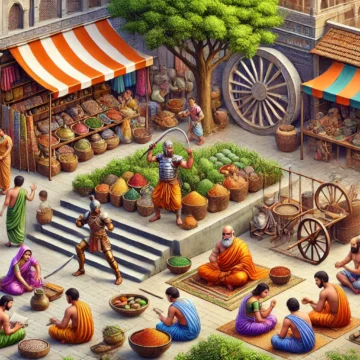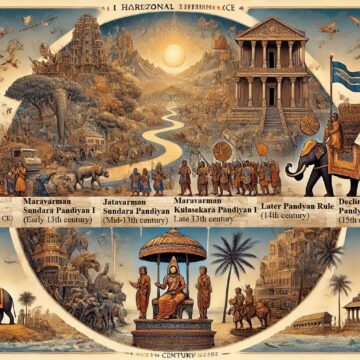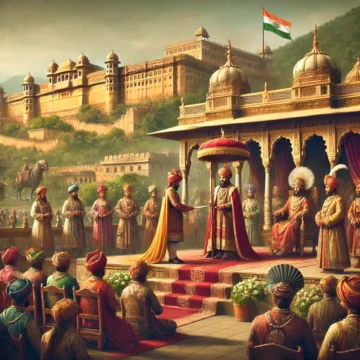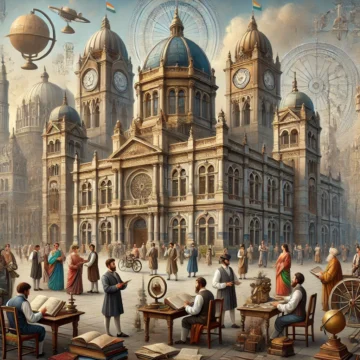To understand the evolution of Brahmin identity within Hindu Caste Systems, we explore key scriptures and historical shifts. Initially, the caste system emphasized qualities and professions over hereditary status. However, British colonial rule introduced rigid caste classifications, transforming fluid social categories into fixed ones. This blog examines the lasting impact of these changes and the contemporary relevance of Brahmin qualities.
Dharma and Ethics During Pandyan Dynasty
Explore the essence of Dharma and its impact through the ages, particularly within the illustrious Pandyan Empire. This blog delves into Dharma's role in shaping ethics, governance, and culture, providing a philosophical guide to modern dilemmas and showcasing how ancient wisdom continues to offer profound insights into personal and societal harmony.
Terrorism in India: Bangalore Serial Blasts 2008
Explore the chilling narrative of the 2008 Bangalore serial blasts—a grim reminder of terrorism's shadow over bustling cityscapes. From the meticulous orchestration of the attacks, through the swift response of emergency services, to the ongoing battles in courts and the scars left on society, this blog delves deep into the heart of urban resilience.
Jaipur: Power Transition in 1537
In the rich tapestry of Jaipur's history, the peaceful transition of power from Maharaja Bhim Singh to Ratan Singh in 1537 stands as a testament to the Kachwaha dynasty's strategic foresight. This significant event not only marked the end of Bhim Singh's reign but also heralded a new era under Ratan Singh's leadership, characterized by continuity in governance and cultural patronage. The detailed accounts of their reigns and the ceremonial traditions followed during the transfer offer a glimpse into the political and cultural dynamics of early 16th century Jaipur.
Indian Education System Analyzed on Day of Establishment of Universities
This blog marks the 166th anniversary of India’s first universities—Mumbai, Madras, and Calcutta—exploring their roles in shaping modern Indian education. We critically examine the colonial impact and its dual legacy, revealing how British policies not only advanced but also eroded India's rich educational traditions, deeply influencing the cultural and societal fabric.






